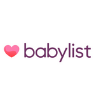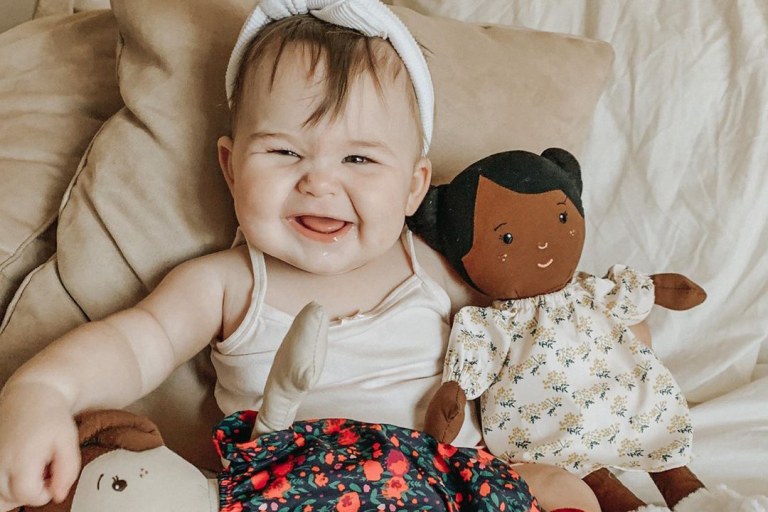How to Talk to Your Toddler About Race

Race and racism are complex topics. Here’s how (and why) to address them in a toddler-friendly way.
We know what you’re thinking: Isn’t my baby too young to learn about heavy topics like race and racism? They won’t start to notice people’s differences until they start school? Aren’t children “color blind”?

Between six and nine months old, babies can actually show preference for people who are the same race as their caregiver(s), and start to nonverbally associate positive emotions (familiarity) and reactions with people of their own race and negative emotions (unfamiliarity) with people of different races. As early as two years old, toddlers can think a person’s race is the reason for their behaviors.
So how can parents and caregivers counteract racial bias in their toddlers and proactively raise anti-racist kids? We asked Dr. Beverly Daniel Tatum—a child psychologist, expert in the psychology of racism and the author of the bestselling book Why Are All the Black Kids Sitting Together in the Cafeteria? And Other Conversations about Race—about how (and why) to start the conversation early on.